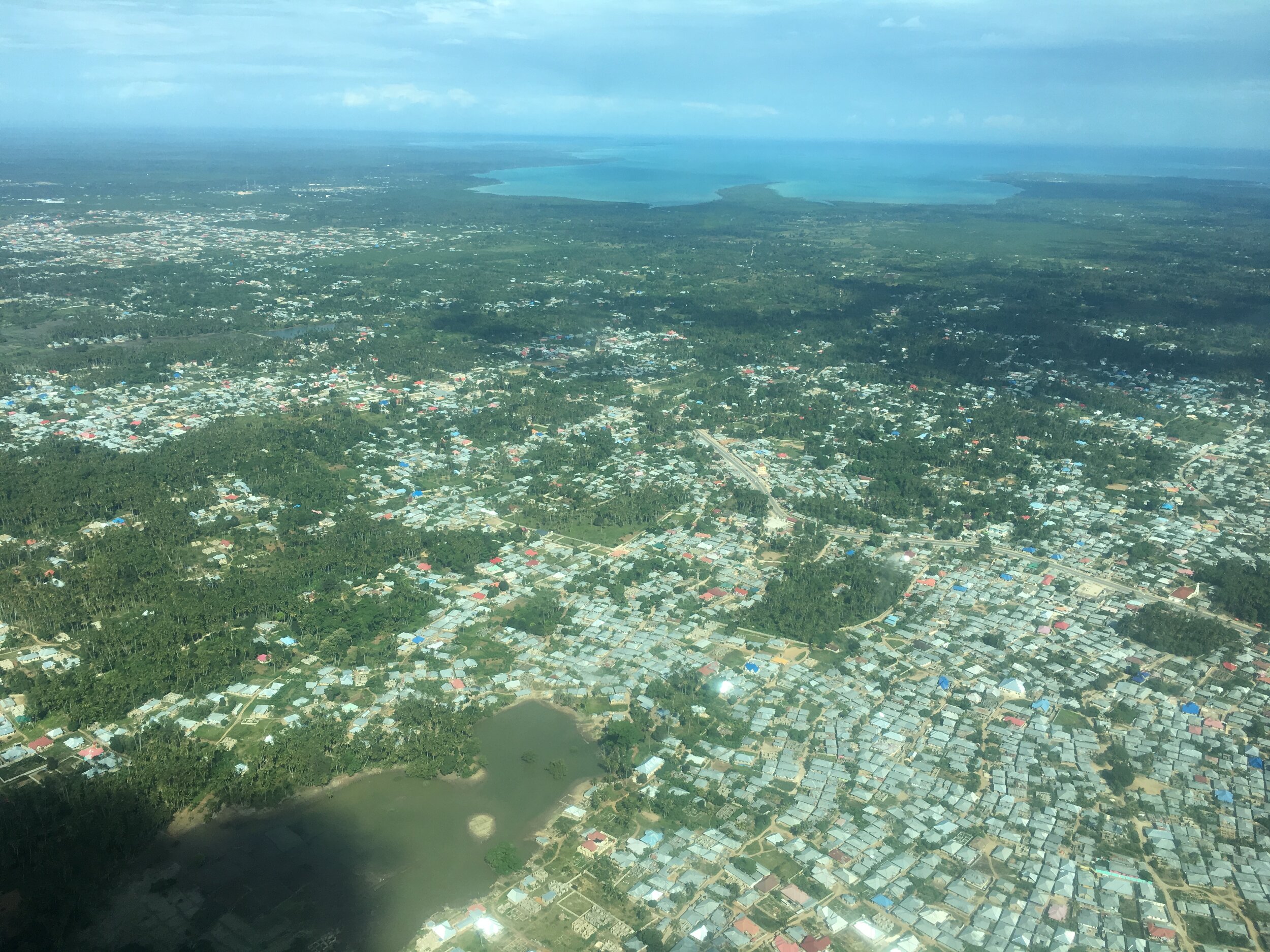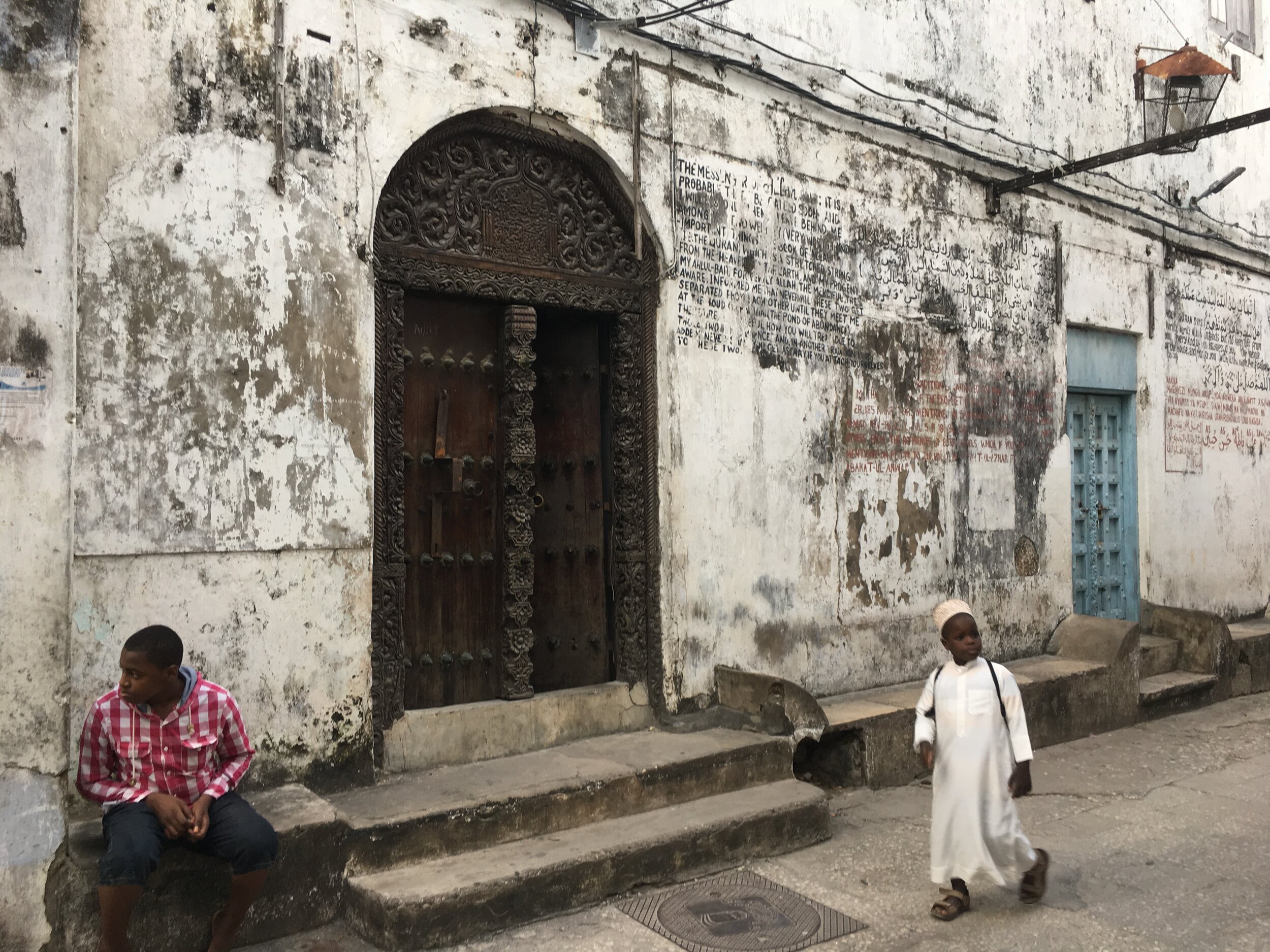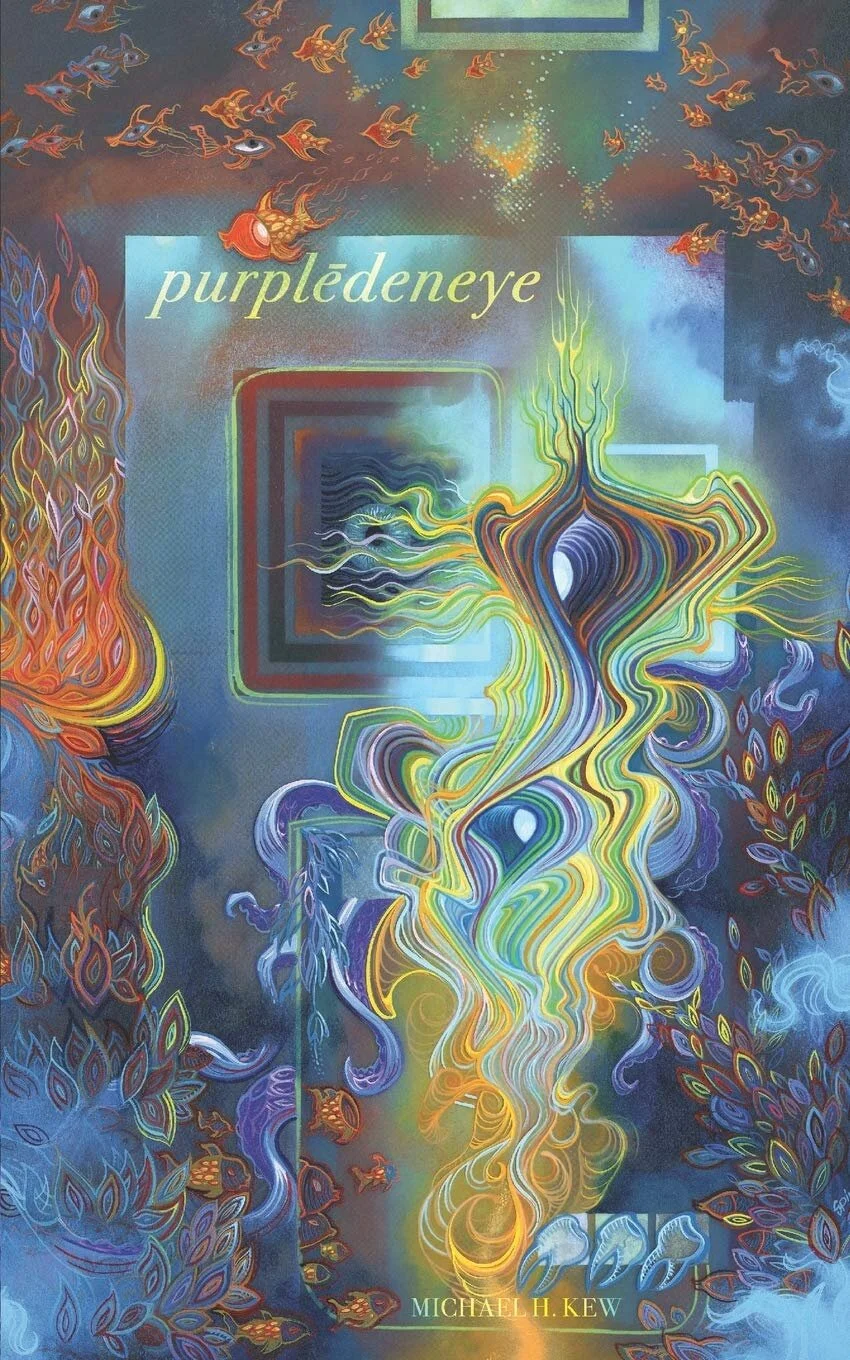Zing Zanzibari
By Michael H. Kew
Military checkpoints—why?
“Many bagaman, so police try to find them,” my Ungujan taxi driver said slowly. His name was Ochu. He was 36 years old. A worldly vapor clung about him. “You know bagaman? People who selling and using the sugar?”
“Sugar?”
“Yes. Heroin!”
In the 1990s, he explained, tighter border security on the standard Balkans drug route plus fresh turmoil in the Middle East lured traffickers from Afghanistan, maker of most of the world’s pure heroin, down to the Makran Coast where parcels of the precious opioid were stuffed into boats bound for East Africa. Drug lords browsed the Swahili Coast’s empty beaches, porous land borders, remote airstrips, wide yawning harbors. Stone Town, once the entirety of Africa’s main port in the spice-and-slave heyday, quickly became the entrepôt for illicit wares, introducing dirt-cheap narcotics to the indigent locals. Tons of heroin were offed and shipped to the mainland via small batches divvied among several motorized dhows. Crews were paid with heroin. Eventually the drug would find its way deeply into Africa, Europe, North America.
Today, authorities fret from the influence of these narco-neocriminals, warning they’ll earnestly and forever burrow into the rainbow fabric of East African countries and thwart law à la Central America. The United Nations has estimated that, annually, more than 75 tons of Afghan heroin are smuggled from Africa to Europe. “It’s a serious concern that the trafficking gangs have got a perfect route which is absolutely clear of any law enforcement interdictions,” Shanaka Jayasekara, program coordinator for the UN’s Office on Drugs and Crime, told Reuters. “Negligible amounts are being detected.”
Unguja (a.k.a. Zanzibar) supports many thousands of heroin addicts. The island hosts 22 drug treatment centers and a bustling methadone clinic. Latest stats from the Revolutionary Government of Zanzibar have showed that, of Unguja’s 1.5 million citizens, eight to 10 percent are drug fiends, per capita of the world’s highest rates. “There is not any family here that hasn’t been affected by someone taking heroin,” Mahmoud Mussa, coordinator of substance abuse and rehabilitation at the Ministry of Health and Social Affairs, also told Reuters.
Sourced simply in touristy Forodhani Gardens and Stone Town’s mazelike alleyways, a kete— small tinfoil wrap nestling one hit of heroin—costs just 1,000 Tanzanian shillings (US$0.43). Street touts approach white tourists to ask if they’d like a “refreshment.” Government estimates contend that Unguja’s heroin users combined spend nearly US$10 million yearly, individually some up to US$30 daily, to repeatedly sink needles—often shared between addicts—into their forearms. Naturally HIV is a problem. The US-funded International Center for AIDS Care and Treatment Programs reported that, though HIV on Unguja affects less than one percent of its general populace, HIV affects 26 percent of its heroin addicts.
Golden late-day panoramas yawn further as Ochu and I blur past deforested plains, idle folk in small huts, plots of maize, cassava, papaya, banana.
A side-glance toward me.
“Ever tried it? You get the zing?”
“From heroin?” I replied. “I don’t even know what it looks like.”
“Sugar!”
He cackled, honking the van’s high squeaky horn at an attractive young female pedestrian he knew.
The route east from Stone Town was a wide gray slab plying the dusty cluttered island sprawl, its thick pale air rich with diesel and woody decay that dissolved past Fuoni, becalmed and cloistered by a long cool wet tunnel of enormous old mango trees, low orange sunlight dripping through them and warming myriad boughs of dense green. These trees were sown to honor Princess Sayyidat Kholle, daughter of Sayyid Said, Zanzibar’s first sultan. Born in 1828, she was considered a “woman of rare beauty,” wrote Emily Ruete, Kholle’s apostate sister and author of 1886’s Memoirs of an Arabian Princess from Zanzibar. “Her charming manners, grace, and bright spirits earned her the nickname Njidjm il Subh, or ‘Morning Star.’ This princess was favored by her father and, after he died, was appointed superintendent of multiple palaces. Although this inspired jealousy in some siblings, she was renowned for her sweet temper and fairness to both family and servants.”
We zipped past slow open-air taxi buses packed with skinny yelpers, some perched on rusty back bumpers and clinging to the buses’ rusty red roofs. Groups of men huddled in front of outdoor television sets at small roadside shops and bars, drinking beer and watching fútbol. Already the crickets trilled loudly. Many of our route’s sects were parklike, more and more canopies of big mango trees with spacious grassy understories, the groves evenly spaced apart. Upon rickety rusty bikes and pedaling home from mosques, men wore white thobes and kufi caps as they wheeled past the butterfly farm, the clove and coconut plantations of Bungi, the east flank of Kiwani Bay and its mysteriously sumptuous islets—wholly a likely surf zone if Unguja sat a thousand miles east.
The air swelled with salt. Ochu was a Paje native and knew well the draws of his vast home beach. With its turquoise lagoon, bleached sands, and beachfront bars, for Europeans and South Africans, Paje was an authentic kiteboard utopia.
“Are you going to do kiting?” he asked, thumbing toward my bag on the back seat.
“Surfing.”
“On the waves?”
“Ideally.”
The forecast looked bleak. This was normal. Like most of East Africa, Unguja lived on the wrong side of swells, copping constant chop from reliable southeast trades but graced by none of the robust Southern Ocean energy that fanned across the central and eastern Indian Ocean. With rare exceptions, groundswell ribbed the opposite way. Still, windchop deemed Unguja’s west coast surfable despite the trades. Soft sectiony waves combed flat shallow coral reefs a mile from shore.
As my prior visit (2006) had been lasered upon the island’s northeast—powder-white beach parties of Nungwi—this time I had chosen a minor exploration of its southeast. Here was the nature trail through verdurous monkey-filled Jozani Forest and its butterflies and mangrove swampiness which we threaded near the villages of Pete and Kitogani—colorful laundry flapped from lines strung between homes, kids in Muslim dress stepped home from school. This route skimmed fallow fields straight to Paje which, compared with Stone Town, appeared exhausted, overlooked, windier, dustier, poorer. But its beaches had been fingered heavily by tourism, yes, mostly couples and kiteboarders from—yes—Europe and South Africa.
Pavement ended and the road splattered into acnes of craters and ruts and rocks, piles of coconut husks, beds of garbage pecked by loud roosters, brutal potholes filled with coral rubble. Narrow alleys twixt small rusty red-roofed concrete homes and cracked coral rag bungalows, hazy and pastel in the dying daylight, all beiges and yellows with green cocopalm fronds for contrast. Few homes had fences, most of them faded thatch or vertical sticks or bald half-buried tires. Several homes looked new or newly plastered and were painted brown. The village was spartan with open space aplenty for the random hungry grazing cow and huddled drunken groups of men in kufi caps playing bao, a mancala board game, under a threadbare red tent. Small children in rags sat on dirt, into it sketching with small brown fingertips. There were tall spindly coconut trees with no understory vegetation—only hard-packed white coral sand and the holy important road. Despite its sunbaked privation, like so many of its kind, Paje held an air of proud permanence, orderly yet improvised, slummy yet safe, free of the beachfront bustle only a kete’s throw east.
There was no surf.
But there was sugar, yes—hot, and lots of it. I smiled and injected my weary toes. Addictive. Soothing. This sugar was called sand.
{Plucked from Cococandescence, East Africa volume set to burn hotly in 2023 via Spruce Coast Press.}








